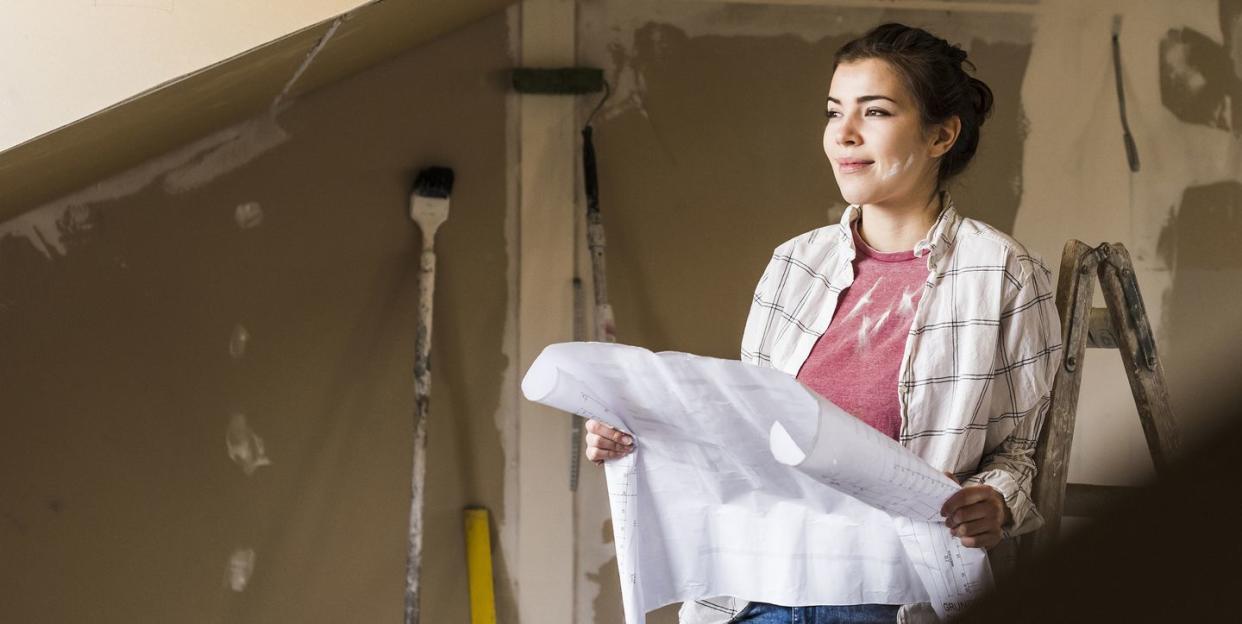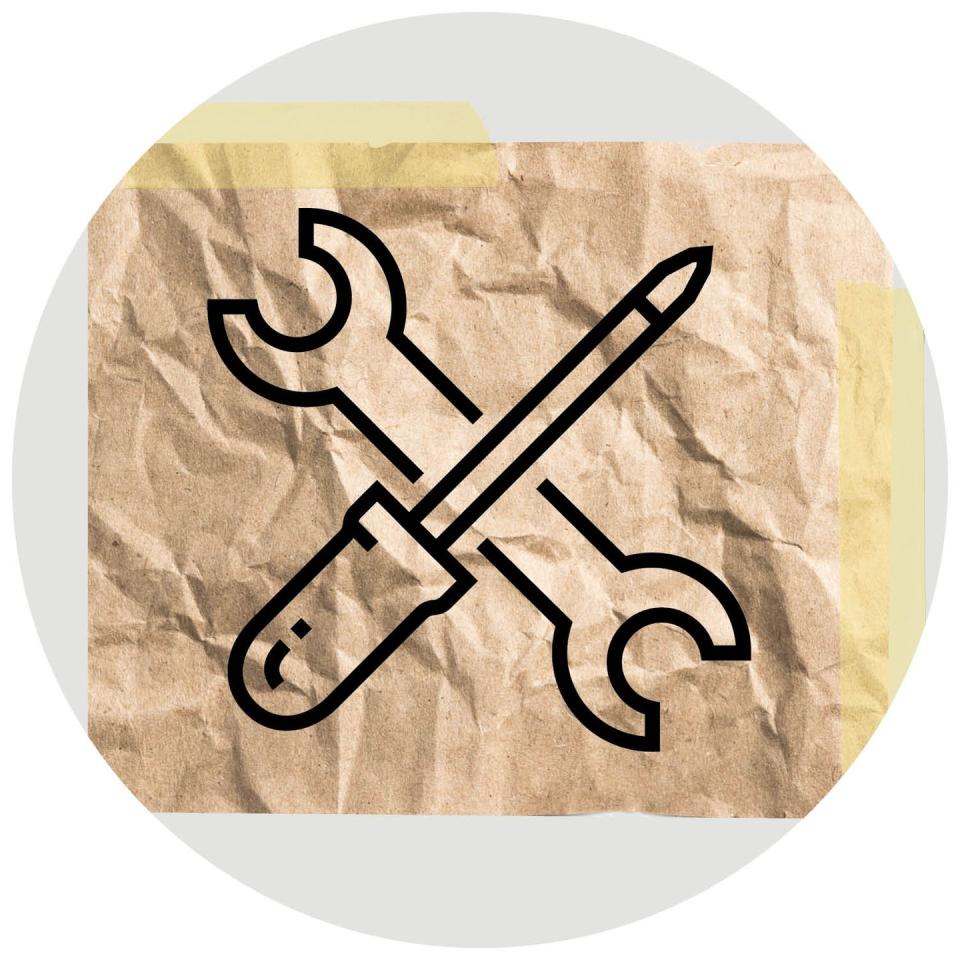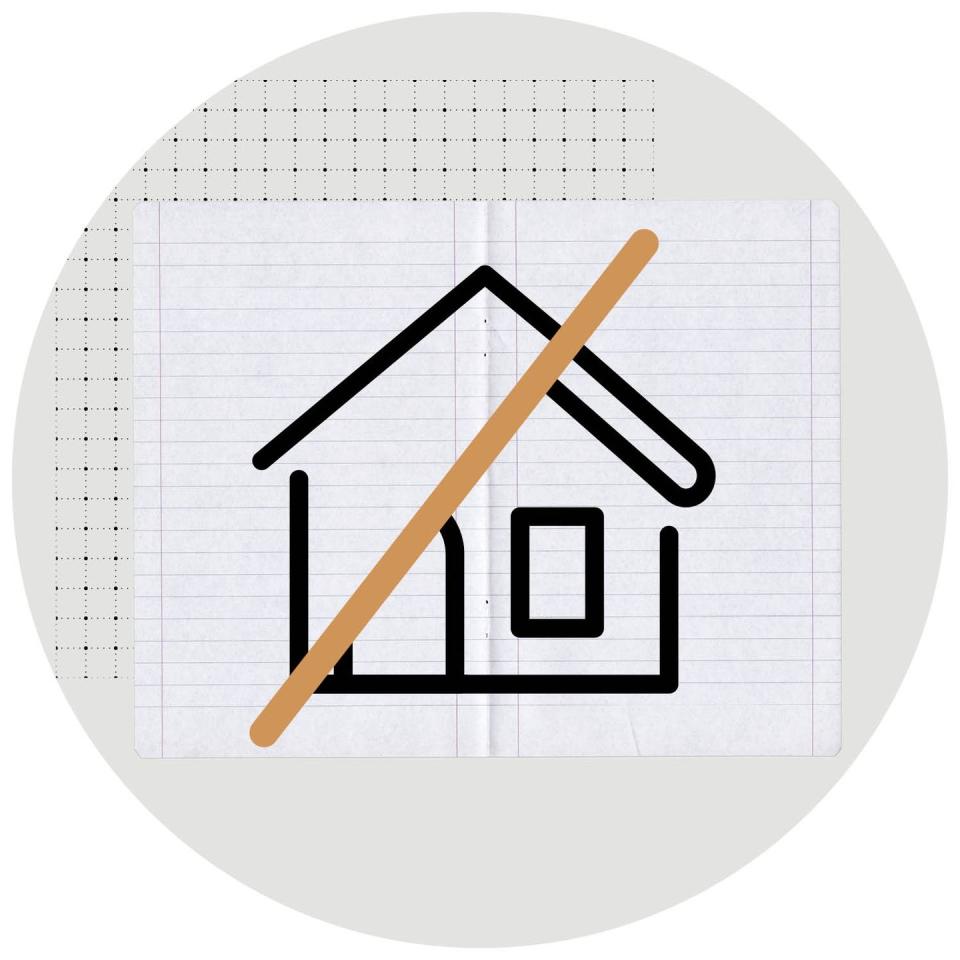Building Your Own Guest House Is Easier Than You Think

A guest house may seem like a luxury only a few can afford, but it’s actually a home improvement project that can be undertaken for about the same cost as a kitchen renovation. That said, it’s not quite as simple as buying a tiny home on Amazon and throwing it up in the backyard. Despite what some round-ups would have you believe, guest houses aren't IKEA furniture, and they do require careful consideration and planning—a foundation, insulation, building permits—even if you’re buying a small modular unit.
Whether you need a place for the in-laws to stay or you want to make some extra cash with an Airbnb rental, there are a variety of ways to add an accessory dwelling unit to your property, all of which will cost you thousands of dollars and, most likely, months of your time. But when you welcome your first guests into their private suite, it will all be worth it.

Custom Build
Building a guest house from scratch is the most customizable option, but it’s going to be the most expensive and time-consuming as well. On a cost per square foot basis, building a small guest house is no cheaper than building an entirely new house.
The national average to build an on-site home is $100 to $200 per square foot, according to HomeAdvisor, so the cost for a 600-square-foot one-bedroom guest apartment would start at $60,000. A 150-square-foot single-room cabin with just sleeping quarters could be as little as $15,000, but building a structure that small will rarely give you a good return on investment. Most experts would recommend building a guest house that’s the largest allowable square footage for an ADU (accessory dwelling unit), or at least 500-square-feet, to get the most bang for your buck.
Location is the biggest factor when it comes to price—the more expensive a place is to live, the more it’s going to cost to build—with quality of materials coming in second. New construction is best left to the pros, so labor will be at least half a third of the final cost, but can be as much as 60 percent.
Construction of a guest house can take anywhere from four months to a year, with weather and site conditions being crucial to how quickly building can happen. Keep in mind that this is just the timeframe for construction — design, permitting, and bidding for contractors adds at six to 10 months.

Convert an Existing Structure
Transforming a garage or shed into a guest suite can be a budget-friendly option. According to HomeAdvisor, costs range from $6,000 to $21,000, with the national average for this type of project falling around $13,075. Structural changes like adding windows, insulation, drywall, a ceiling, and flooring make up the bulk of the costs here (in addition to labor), but if you want to make full-on apartment with a bathroom and a kitchen, expect to spend significantly more.
Here’s a breakdown of the various costs:
A bedroom with one window, ceiling, flooring, heating and cooling, insulation, plus furniture: $10,000 to $15,000
Suite with a bathroom: The cost of a bedroom, plus at least $3,000. If you have to add plumbing, you’ll pay up to $1,800 more.
Guest house with one bedroom, a living room, kitchen, and bath: $15,000 to $30,000
Conversion projects can be completed fairly quickly, taking as little as four to six weeks, but if you’re adding interior walls or installing fixtures for a kitchen or bathroom, the timeframe could double and take up to five months. Acquiring the proper building permits usually adds two weeks to the timeline, but can be much shorter for smaller jobs.

Buy One Ready-Made
A modular structure that comes as a kit of parts is the cheapest option—some products are marketed as low as $5,350—but that price tag rarely reflects the final cost. Plus, there’s a lot more to these structures than just ordering one online and plopping it in the backyard (as much as we wish that were the extent of it!).
First, you need to adequately prepare the site where you plan to install your structure. This entails leveling and grading the land, and installing a foundation. While a small garden shed can sit on an on-grade foundation of concrete blocks and lumber, anything larger than 160 square feet needs a stronger foundation to avoid it sinking into the ground. This would be either a concrete slab (average starting cost is $4 per square foot) or a pier and beam foundation (average $5 per square foot). For a 600-square-foot cottage, a foundation will cost at least $2,400, but can vary greatly. HomeGuide puts the average cost for a concrete foundation of this size at $3,846.
A second major consideration is whether or not the structure is insulated. That wildly popular tiny house on Amazon does not have insulation, so it would only be suitable for sleeping in moderate climates. Insulating this particular model, a tiny home builder told Realtor.com, would require building a wall cavity that would take the same amount of time and effort as just building a home from scratch. HomeAdvisor puts the average cost of installing insulation in a 500-square-foot area at $145 to $200, plus an additional $300 to $600 for labor.
However, there are dozens of companies that sell prefab sheds that would be more suitable for overnight guests than an Amazon purchase:
Studio Shed: The company’s Signature Series single rooms start at $10,500 for a 64-square-foot basic structure. An insulated 160-square-foot single room would be about $21,000, while a 364-square-foot dwelling with a bathroom and kitchen would be at least $70,000, depending on finishes and customization. All of these prices are exclusive of the foundation, which buyers would need to pay for with their contractor.
Kanga Room Systems: A modern Kwik Room ranges from 80 to 196 square feet, and the shell kits for the smallest size start at $5,000. Installation can be completed in just a couple days, but many reviewers note that the whole process can drag on for nearly a year.
Jamaica Cottage Shop: The Writer’s Haven cottage is uninsulated, but only requires a foundation of 6-8 inches of crushed gravel. The interior measures 132 square feet, and costs start at $3,944 for just the frame, $6,526 for the complete pre-cut weather-proof kit, or $9,114 to have it delivered fully constructed. If you're building it yourself, the company estimates it will take two adults 34 hours.
Follow House Beautiful on Instagram.
You Might Also Like

